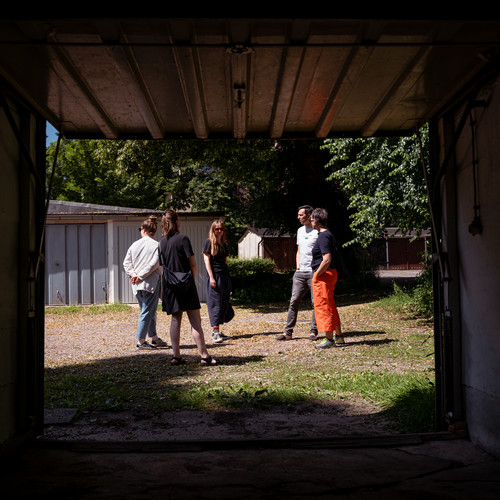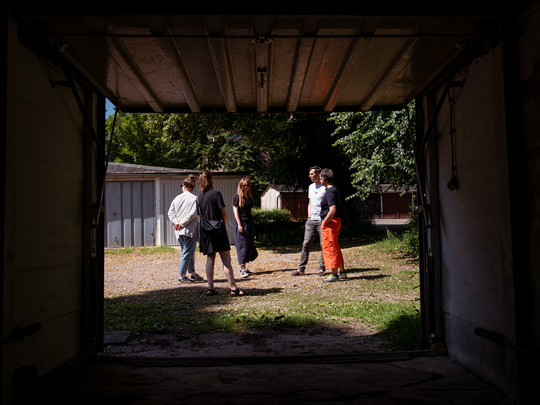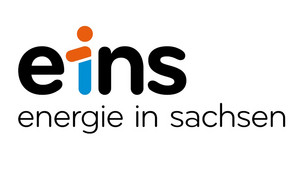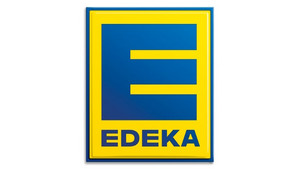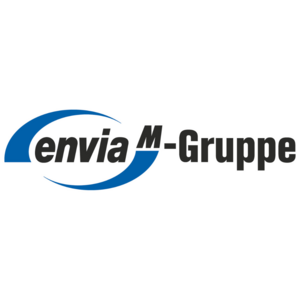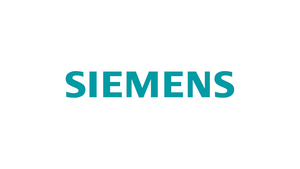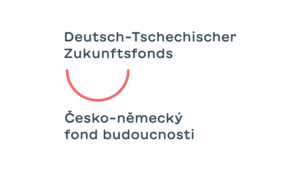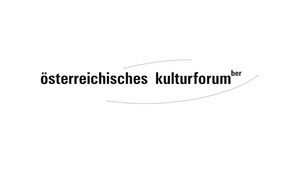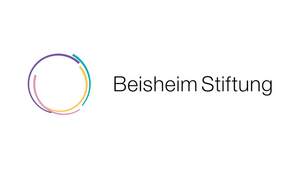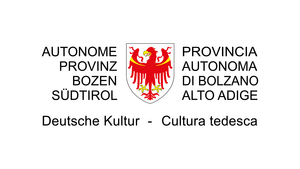Call for garage photos
Now the artist needs your help: many photographs of empty, half-full and full garages are needed for the work. They all have to be taken from the same perspective so that the film looks as if it shows many landscapes in one and the same garage. the #3000Garages team is therefore launching a call for garage photos together with the artist.
Instructions
Dear Chemnitz garage users,
as part of the preparations for Chemnitz 2025, European Capital of Culture, we are pleased to arouse your interest in the #3000Garages project and invite you to participate. The aim is to create an extensive collection of garage photographs that will later serve as the basis for artistic drawings and a film. Here you will find step-by-step instructions on how to optimise your photos:
- Send us photos of your garage. It doesn't have to be particularly photogenic, each garage has its own character which can be shown to good advantage in the work.
- Choose a time of day with good natural lighting, ideally in the early morning or late afternoon to avoid harsh shadows.
- Use a camera that can take photos in high resolution. Make sure that the camera is set to the highest possible resolution. The photos can also be taken with a mobile phone camera.
- A tripod will provide stability and help to level the camera accurately, but another support or a steady hand will also suffice
- The camera should be positioned centrally and in the middle of the garage to ensure a symmetrical shot.
- Framing: Make sure that the garage is completely visible in the image section. The focus should be on the garage, without any distracting elements in the foreground or background.
- Exposure: Ensure that the lighting is even. If the garage is empty and dark, use additional light sources or a longer exposure time.
- Focus: The focus should be sharply on the garage to bring out details clearly and distinctly.
Editing: Minimalist post-processing can be used to adjust brightness and contrast. However, avoid excessive editing that distorts the natural appearance of the garage.
- File format: Save the images in JPEG or TIFF format.
- Transmission: Send the photos in maximum resolution by e-mail to 3000garagen(at)chemnitz2025.de
- Transfer of rights: By submitting your images, you assign all rights to the photos to the European Capital of Culture Chemnitz 2025 gGmbH. No further claims can be asserted.
We would like to thank you for your participation and commitment. Your photos will play an important role in the artistic design of our project.
We look forward to your creative contributions and are excited to see the diverse views of the garages from Chemnitz and the surrounding area. Thank you for your support and your interest in our cultural project.
